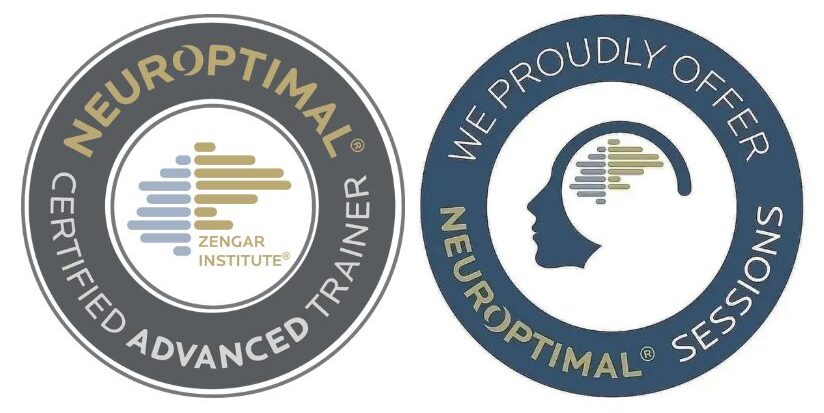Background
This success story follows a woman in her 50s who had spent several years battling Lyme disease. The toll on her nervous system was significant, leaving her feeling depleted, dysregulated and in need of something restorative. She was looking for a gentle, non-invasive way to support her recovery when she discovered Neurofeedback. She decided to rent a system for use at home, eventually completing five x 4-week rentals, and spaced out the individual sessions to suit her energy and progress.
Her Journey and Results
From the very beginning, she noticed that Neurofeedback acted as a powerful regulator for her nervous system. It didn’t require effort or energy, it simply supported her body’s own healing process.
The flexibility of using the system at home allowed her to space out sessions and adjust the rhythm based on how she was feeling.
Over time, she found she was calmer, more grounded and less reactive to stress something that had been difficult to achieve during the height of her illness.
Neurofeedback gave her moments of real rest and mental stillness that had been elusive for years.
She described it as a “nervous system reset” helping her rebuild not just physical resilience, but emotional steadiness as well.
Whole Household Impact
While her journey was personal, the improvement in her wellbeing had a ripple effect at home. With fewer emotional crashes and more calm days, the household dynamic softened. Loved ones noticed that she was more at peace and returning to herself in a way that felt hopeful.
Conclusion
This woman’s experience demonstrates how neurofeedback for Lyme disease can play a vital role in long-term recovery, not as a cure, but as a tool for nervous system regulation and emotional healing. For women navigating chronic, fatiguing illness, the ability to use Neurofeedback at home, at their own pace, can create a powerful sense of empowerment and relief during a demanding journey.


